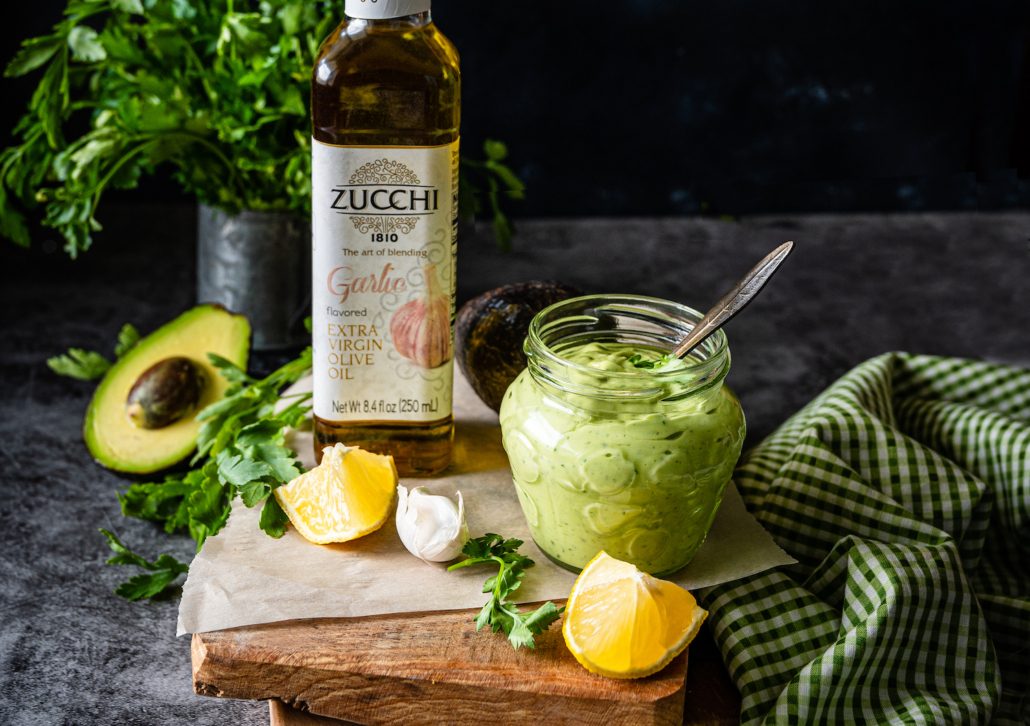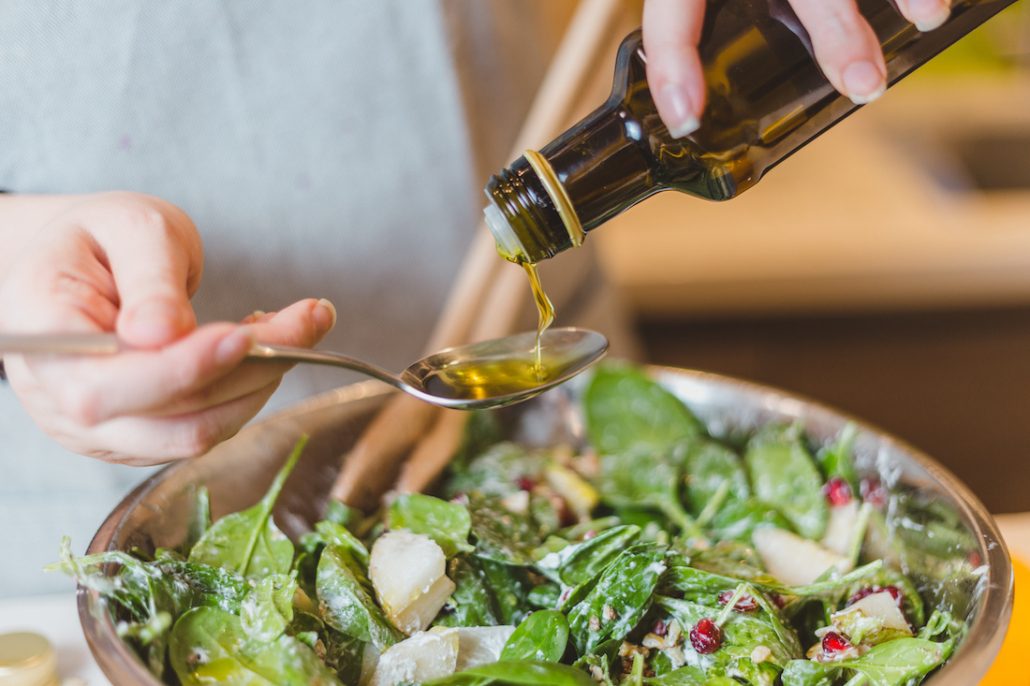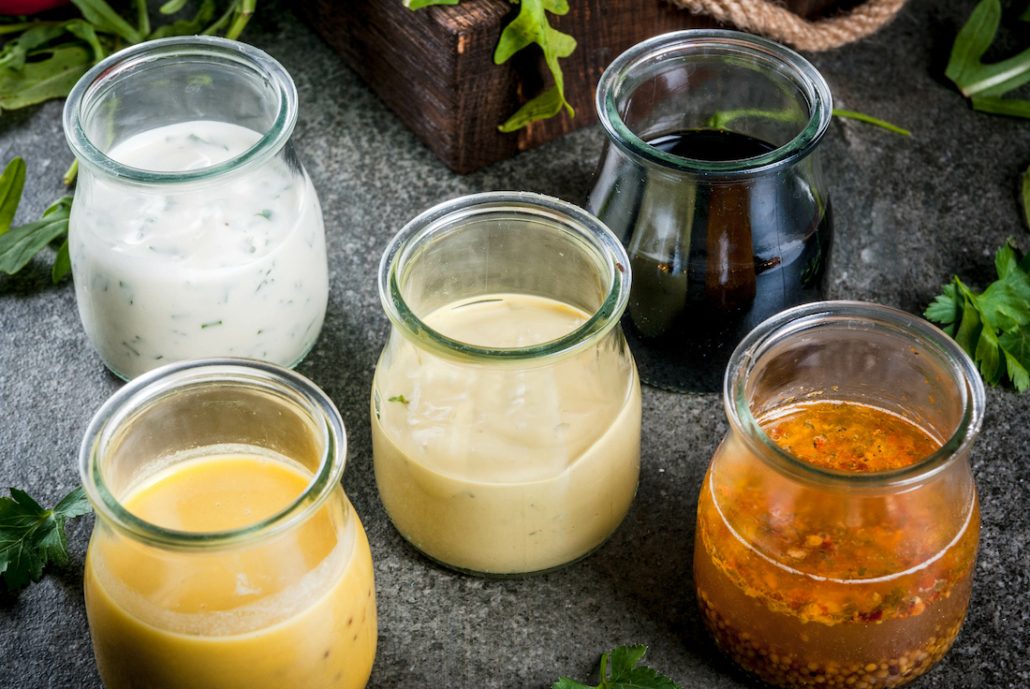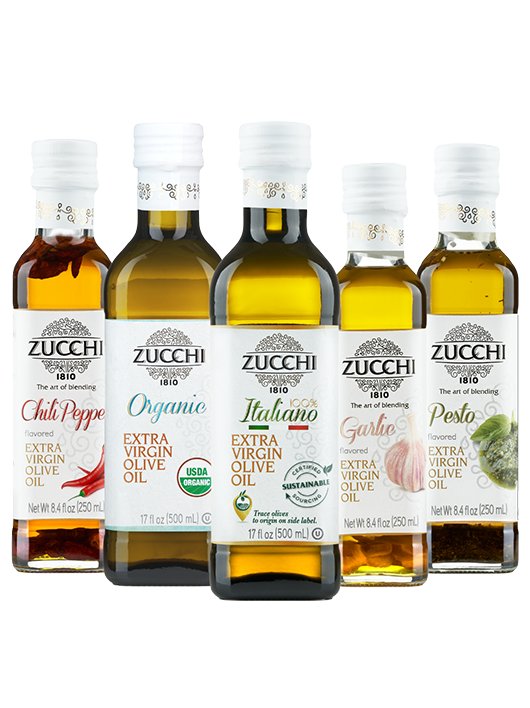Our Go-To Salad Dressing Formula
You’ve chopped the lettuce, sprinkled on the cheese, and added the nuts to create a beautiful salad. Now only one thing is missing: salad dressing. Having a good salad dressing is equally as important as the salad itself! While you can always use storebought salad dressing, making your own at home yields much tastier results….
August 31, 2021





